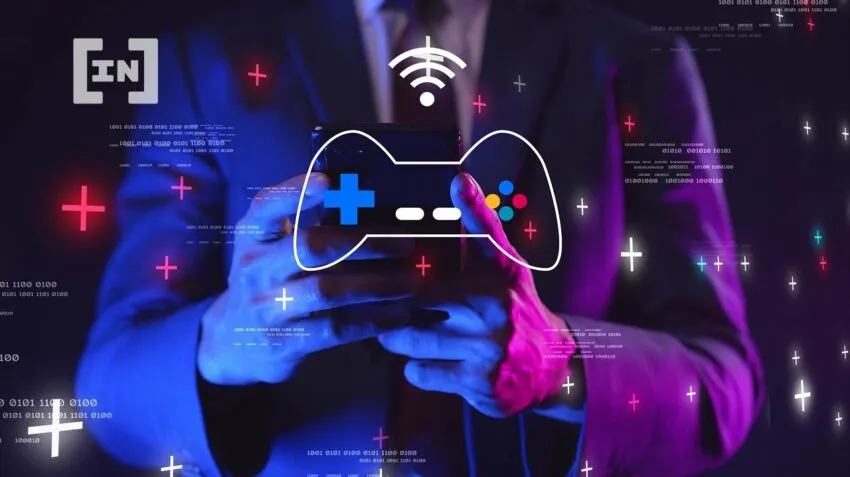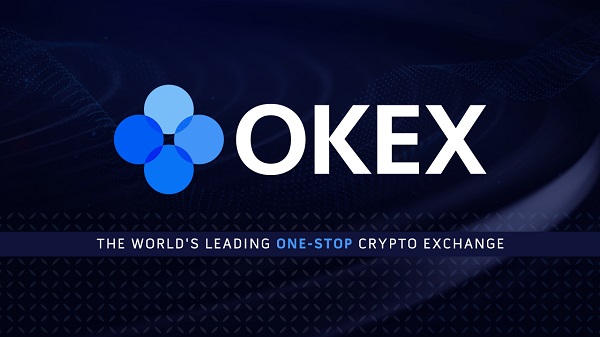
With over ten years of investing and building in fast-growing technology products and the blockchain industry, I’ve come to understand that to stay ahead, providing innovative solutions that can affect the industry and the world at large. I should know. I have invested in many companies with this characteristic.
Even though the blockchain industry is still in its nascent stages, plenty of sub-niches and narratives have come to the fore. These technologies are reshaping the blockchain landscape, and in this article, we will delve into this subject, taking you through some of the niches that are revolutionizing their respective areas and how interconnected they are.
Privacy in blockchain
This sector has seen consistent growth because of its importance to the entire industry. Data privacy and security are vital in today’s blockchain world for obvious reasons. The risks associated with data breaches and cyber-attacks have increased as personal, financial, and confidential information gets increasingly stored and transferred digitally. In 2023, the global average cost of a data breach reached a record high of $4.45 million.
This rise in these attacks can be attributed to how the blockchain is structured. It is a ledger containing a record of all transactions taking place on a network. A key feature of blockchain technology is its immutability. Once a block (containing a unique code known as a hash) gets added to the chain, it can neither be altered nor deleted. This provides data stored on the blockchain with tamper-proof security.
However, despite what seems to be an airtight layer to the blockchain, some bad actors have succeeded in exploiting the system. In the fight to counter these blockchain exploitations and hackings, privacy-focused protocols have become popular. Think of them as installing a sophisticated alarm system for your digital assets, utilizing clever incentives and independent reputation systems to deter unwanted intrusions.
Because we operate in an industry where data breaches cost projects millions, the importance of privacy-focused companies cannot be overstated. COIIN Network Protocol—the parent company of Raiinmaker—is a good example of a company playing in the privacy landscape.
Scalability in the blockchain
Scalability in blockchain refers to the speed of transactions. The ability to support high transaction throughput is both critical and a significant challenge for the blockchain and cryptocurrency industry. And this makes it a very essential aspect in the future growth of blockchain. Achieving an improved level of scalability comes at the cost of reduced decentralization and to a large extent, security.
As you note these, it is also important to note that scalability is vital in helping blockchain networks compete effectively with conventional platforms. The question here should now be: how possible is it to provide effective blockchain scalability solutions that do not affect the core tenets of blockchain which are decentralization and security?
I present to you layer-1 solutions. Also known as the “first layer,” it requires changes in the code base of the blockchain network. One reason they’re dubbed on-chain scaling solutions. They focus on improving the main features and characteristics of the blockchain network like increasing the block size limit or reducing the block verification time.
Ethereum has a transaction speed of around 15 Transactions Per Second (TPS), and Bitcoin is around 7TPS. Both blockchains now have scalability solutions in Sharding and Lightening network respectively, but other solutions are popping up. A popular one is the layer-1 platform Self Chain. It is a Modular Intent-Centric Access Layer-1 blockchain and keyless wallet infrastructure service using MPC-TSS/AA for multi-chain Web3 access.
This sector has changed the way the world sees gaming forever. I say this because it is our reality now. Play-to-earn games are a set of blockchain-powered games that allow players to earn in-game rewards represented by Non-Fungible Tokens (NFTs) and tokens.

These rewards have real-world value and players can earn them by progressing through the different levels of a game. The in-game assets earned can be weapons, tokens, lands, and skins. Players can trade or transfer these assets on open marketplaces in exchange for real fiat currencies.
The gaming industry is huge and boasts an impressive number of people actively participating in it. There were over 3 billion gamers in the industry in 2021. This number of people actively engaged in games helped the industry generate hundreds of billions of dollars in revenue.
That revenue has been projected to reach $533 billion by 2027. In 2022, the P2E market size was valued at $32.9 billion, and it is expected to grow to $88.6 billion by 2028, at a Compound Annual Growth Rate (CAGR) of 17.93%. Some of the best P2E platforms in the industry include Axie Infinity, Creo Engine, The Sandbox, Splinterlands, Decentraland, etc.
Bridges: The language of web3
How we carry out transactions and store data has changed since the advent of blockchain technology. Blockchains have their own standards and set of rules that govern them. In most cases, these are rarely compatible with other chains and have led to an ecosystem where blockchains cannot interact due to their silo-styled operation. A solution to this issue is blockchain bridges. These are known as cross-chain bridges because they allow the transfer of tokens and data from blockchain to blockchain.

A benefit of bridging in blockchain is being able to expand the functionality of a chain. This is an important tool for communication among different blockchains. A good example of this would be Dechat Protocol, which prides itself as an open, secure web3 communications protocol that powers decentralized user interactions.
Real estate on the blockchain
The largest asset class in the world, the Real Estate sector is another industry where blockchain technology is having a significant impact. A large portion of the world’s economic assets and transactions is constituted by commercial real estate. According to the Boston Consulting Group (BCG), the total size of tokenized illiquid assets, including real estate and natural resources could reach $16.1 trillion by 2030.
This proves how big the real estate market is. While traditional real estate investment can be a daunting maze, with high entry barriers and limited accessibility, blockchain technology is slowly demystifying it. Blockchain protocols are now being used to process securities, documents, and accounting, and manage liability.
With blockchain technology, you can also own a fraction of a property, which reduces the barrier of entry massively, thereby giving small-scale investors a chance to get into the real estate market. Fractionet is a good example of a protocol currently doing this.
The interconnectedness of it all
While these various niches might seem very distinct, they are all part of the same vibrant ecosystem that’s the blockchain. The privacy-focused protocol can be used to protect sensitive data used in DeFi transactions—a technology that backs the entire play-to-earn gaming economy.
The scalable blockchain facilitates seamless communication that the bridge encourages. And think of the fractional ownership platform offering investment opportunities fueled by DeFi liquidity. My point is that these projects intertwine, and they create a synergistic ecosystem where innovation thrives.
Disclaimer
All the information contained on our website is published in good faith and for general information purposes only. Any action the reader takes upon the information found on our website is strictly at their own risk.





Be the first to comment